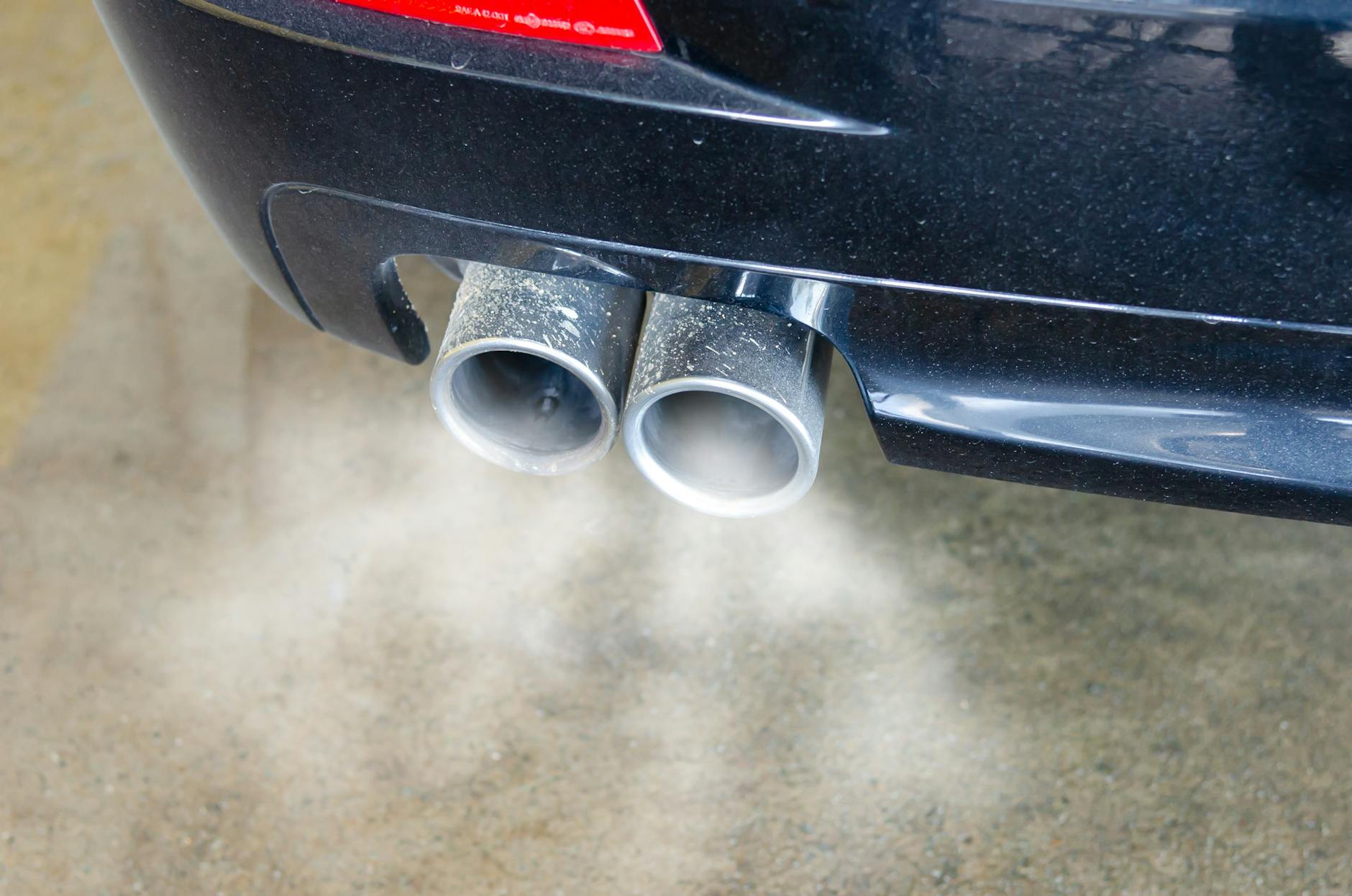Vehicle manufacturers raise concerns over cost and timeline as India plans to implement stricter emissions
India’s automobile industry is facing renewed pressure as the government moves forward with its plan to introduce stricter emission regulations under a proposed framework aimed at curbing air pollution.
While the intentions behind the proposed Indian emission norms are clear, cleaner air and reduced carbon output, several leading automakers have expressed serious reservations about the feasibility and timing of these new standards.
The proposed changes, which include further tightening of permissible vehicle emissions beyond the existing Bharat Stage VI (BS6) norms, are expected to significantly impact the production process, engine calibration, and technology investments required by manufacturers.
According to industry insiders, the Indian emission norms being discussed are similar to the Euro 7 standards under consideration in Europe, widely regarded as one of the most challenging sets of emission rules globally.
Automakers argue that India is still adjusting to the BS6 standards, which were rolled out nationwide in April 2020. The transition from BS4 to BS6 happened in just three years, a compressed timeline that forced many manufacturers to fast-track development, overhaul their production lines, and absorb major compliance costs. Now, with further regulation on the horizon, companies are worried that an aggressive rollout could burden an industry still recovering from the pandemic and semiconductor shortages.
Key automotive body, SIAM has already made representations to the Ministry of Road Transport and Highways, requesting a phased implementation of the proposed Indian emission norms. They have also highlighted the potential impact on vehicle prices, especially in the small car segment, where any cost increase could directly affect demand. There’s concern that consumers may be priced out of entry-level vehicles, thereby slowing down overall market growth.
On the flip side, environmental experts and policymakers argue that with worsening urban air quality and India’s commitments to global climate goals, the transition to cleaner transportation is non-negotiable.
Emission standards are one of the most effective ways to reduce vehicular pollution, especially in cities like Delhi, Mumbai, and Bengaluru, where air pollution levels routinely exceed safe limits.
For the Indian consumer, this regulatory tug-of-war could lead to multiple outcomes. On one hand, cleaner and more efficient vehicles are certainly a step forward for public health and environmental sustainability. On the other, rapid and costly technological shifts could make cars more expensive, particularly in the short term.
As discussions continue, the final contours of India’s updated emission rules remain uncertain. However, what’s clear is that the debate around Indian emission norms will play a defining role in shaping the future of mobility in the country.
The need to balance environmental goals with industry readiness and consumer affordability will be key in determining how, and how soon, these norms are implemented!






